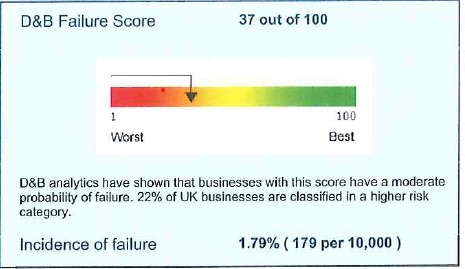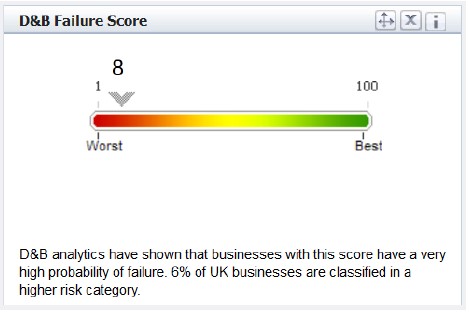
England and Wales High Court (Queen's Bench Division) Decisions
You are here: BAILII >> Databases >> England and Wales High Court (Queen's Bench Division) Decisions >> Triaster Ltd v Dun & Bradstreet Ltd [2019] EWHC 3433 (QB) (12 December 2019)
URL: https://www.bailii.org/ew/cases/EWHC/QB/2019/3433.html
Cite as: [2019] EWHC 3433 (QB)

